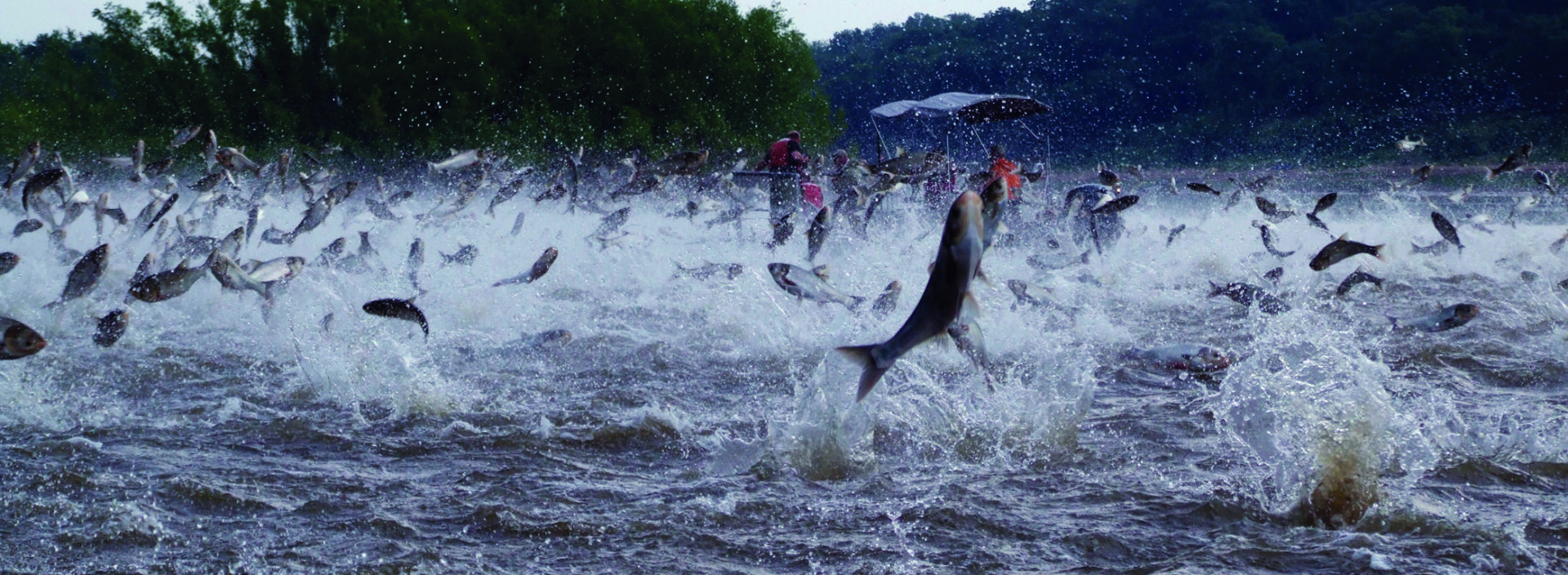
Credit: J. Liebig, NOAA GLERL
Where did the fishhook waterflea come from?
The fishhook waterflea is mostly likely a ballast water introduction. It is native to Northern Europe and appeared first in Lake Ontario. It has since spread to Lakes Michigan and Erie.
Why is it a problem?
Fishhook waterfleas consume the same plankton that larval fish eat, which threatens aquatic food webs and may limit the amount of food available for fish. Their long, hooked tails make them less appealing for fish to eat as well.
What does it look like?
Waterfleas are most noticeable when they clump together as gelatinous globs on fishing lines or other surfaces. Individually, they are 1/4 to 5/8 of an inch long, with a long tail that ends in a hook, and they have a prominent dark eyespot.
How does it spread?
In some circumstances, the eggs of dead waterfleas may survive drying and freezing and go on to establish themselves in new waters. Be sure to clean fishing gear and nets of any gelatinous blobs or cotton-like material.
What habitat does it prefer?
Waterfleas can survive in fresh to brackish water. They prefer deep water but may establish in shallower lakes as well.


